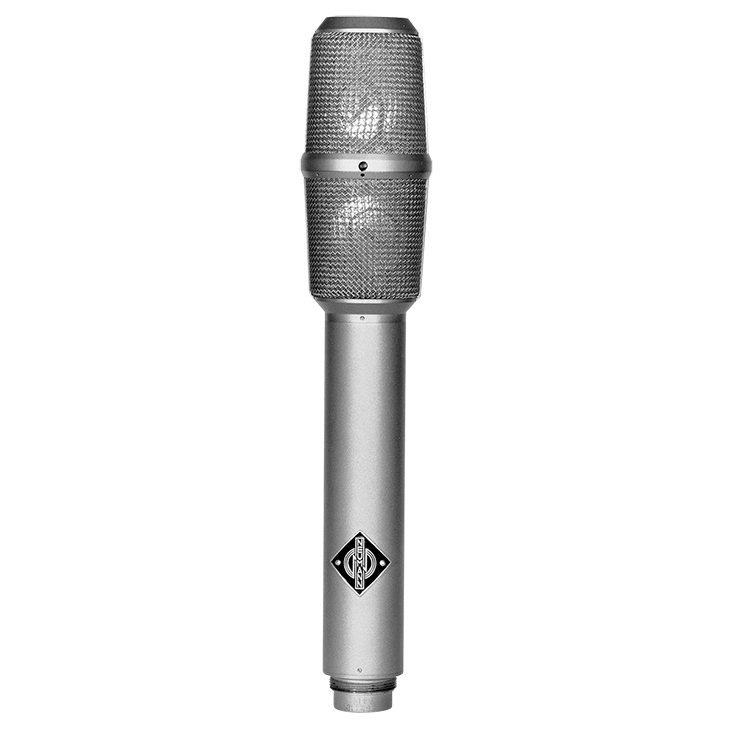
The history of the studio
The idea of the Steppenwolf Studio came to me first in childhood. I don’t know whether Hesse’s famous novel Der Steppenwolf played a major role here, but around 2014, when the studio was beginning to take physical shape, some parallels with this inspiring novel became apparent. The idea that captivated me and has determined my way of work and my relationship with technology, was the idea of a place, where all social obligations retreat from the most important thing for all artists – the art itself.
I started as a pianist, seeking any opportunity to perform on stage. As I turned 30, I realised that there were other ways to work with sound. I decided, I could record other musicians and be engaged with a much broader spectrum of genres, styles and sonorities! And I could do that in such a way, that relieved them of all pressures in the process so that they were free to be at their best in performance. That would be my “magical theater”, the Steppenwolf Studio.
Being a sound engineer is a unique profession. It finds itself on the cross-roads of several very different disciplines. One needs to be a music teacher, a psychologist, a technician, and on top of that, one needs to be able to manage artists.
Since childhood I have been interested in music recording, in both its technological and artistic aspects. As this passion grew, I acquired a collection of devices which met my demands as a musician in terms of quality and ability to capture music. Of course this could not have happened without my dear and revered mentors in this profession, the sound engineers of Moscow.
Whilst studying sound recording technology I also learned about electronic device construction. My time with soldering iron turned from a simple hobby into something more serious, and has become extremely useful. Many devices in my studio are designed and assembled by me, some are customised or repaired with my own hands. Understanding the principles of device construction really helps to understand what it does to the sound.
My stylistic preferences stem from the devices and technologies of 1980-90. This was the time when the transition into digital recording had just begun. The engineers of that time were designing digital devices with the perfect analogue sound in mind. Which explains why one of the key elements in the studio is the Sonic Solutions USP system, still producing as wonderful a sound as thirty years ago. I use the successor of Sonic Solutions, Pyramix. This version works on its own hardware and guarantees a solid and reliable result.
Many of our clients feel that an analogue mix is much more detailed and natural sounding. We can offer these discerning clients our analogue mixing console made by the Swedish maker Satt in the 80s.
For analogue to digital conversion the studio has a bespoke device/converter designed by the celebrated Russian sound engineer Sergey Proklov.
For converting in the other direction, digital to analogue, we prefer the r-2r DAC devices made by the Danish engineer Søren Kristensen.
The studio features a range of microphone preamps, from the 8 beautiful sounding SATT SAM 82 mixer input stages, to the Jensen Twin Servo based boxes, from Sony mci-600 mixer inputs, to our own stand alone 12 channel bespoke device featuring circuit design as used in Crookwood pre-amps.
We use the Quantec (classic QRS and Yardstick 2496) room simulators as our main reverb units. These small boxes have a very big sound, and creates natural room acoustics rather than ‘just’ reverb! The Quantec devices are full of extraordinarily realistic rooms, all of which seem to embrace the sound source rather than smother it. They have the magical property of gelling separate sound sources together within a believable space, rather than simply placing reverberation around them. As a second system we love to use the Lexicon NuVerb system. It contains all the classic Lexicon reverbs with endless fine tuning possibilities.
Our microphone collection includes classic items such as Neumann SM-69 Fet as well as the modern reincarnations of the classic ideas such as ribbon mics (Samar audio, Oktava, custom made mics) or Pearl mics with their renowned rectangular capsules.
The current setup has been optimised through more than 15 years continuous search amongst the best manufacturers of the hard- and software. We have taken the best from the “golden age” of audio and combined it with meticulously selected modern technologies. The Steppenwolf Studio can be considered a sound laboratory, a place for creativity, research and experiment, where musicians can go beyond the existing boundaries.
And now about the recording space
The studio is a beautifully built project from Roel van Gils featuring 3 rooms – the recording hall, the control room and the lobby.
The recording hall with up to 5.5 m height ceiling, wooden floor and big windows facing the garden, has a flexible structure with adaptable acoustics. This allows optimising the environment to match the type of instruments, music and personal preferences of the musicians. A silent advanced air conditioning system guarantees optimal temperature and humidity, which is particularly important for historical instruments.
The control room – the area for the sound engineer, is fully equipped with excellent acoustic systems made by Pitone Lab. None of the smallest detail and nuance of your performance will be missed. The control room has 16 mic lines for recording, plus additional lines for communication and other purposes.
All other necessary facilities are provided in a main house situated nearby. There our customers can use the living area, have meals, snacks and drinks in a pleasant and friendly atmosphere.
